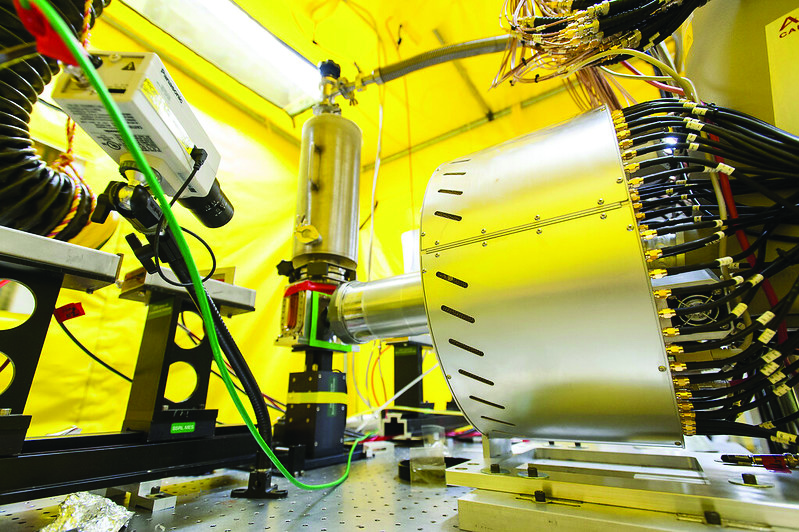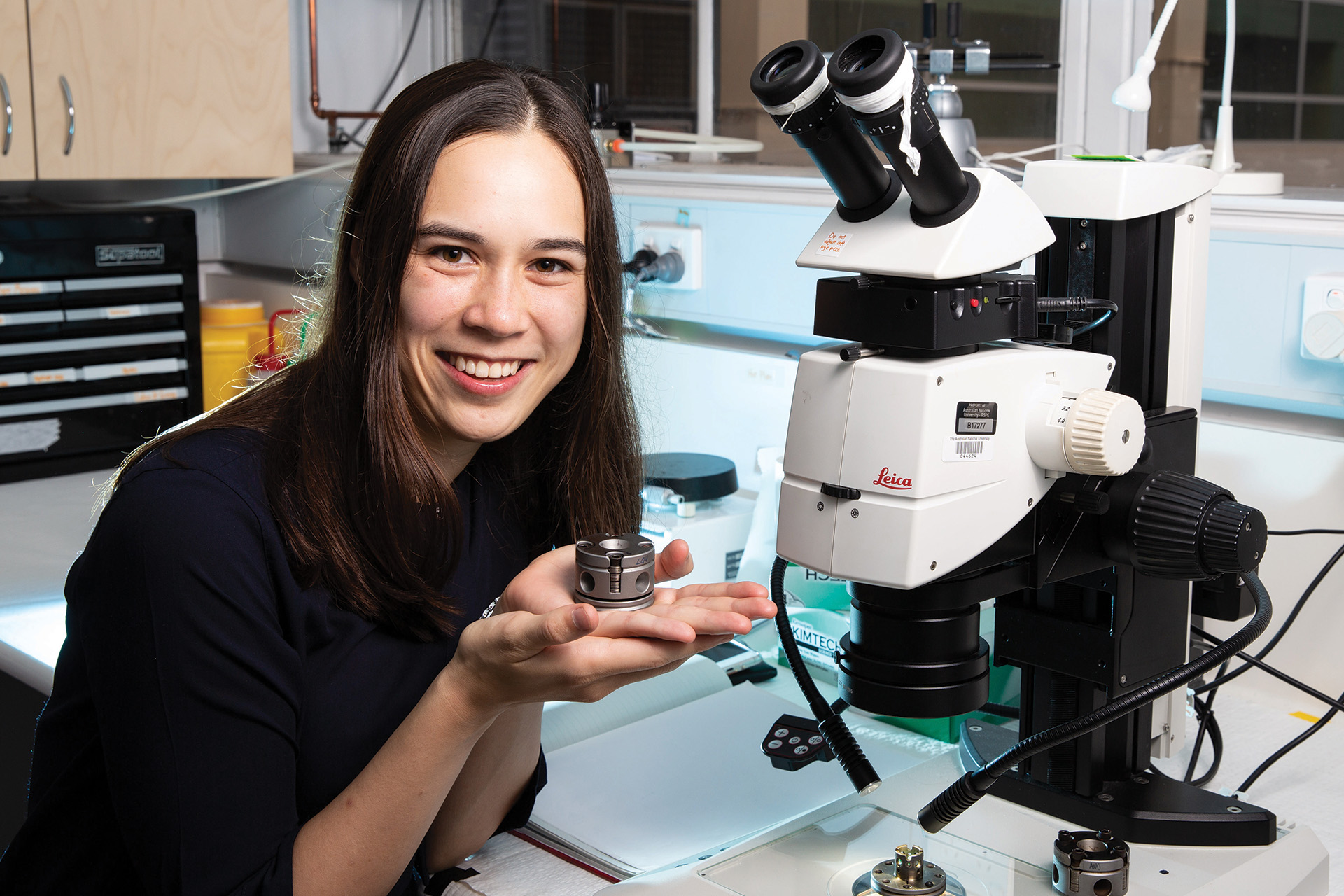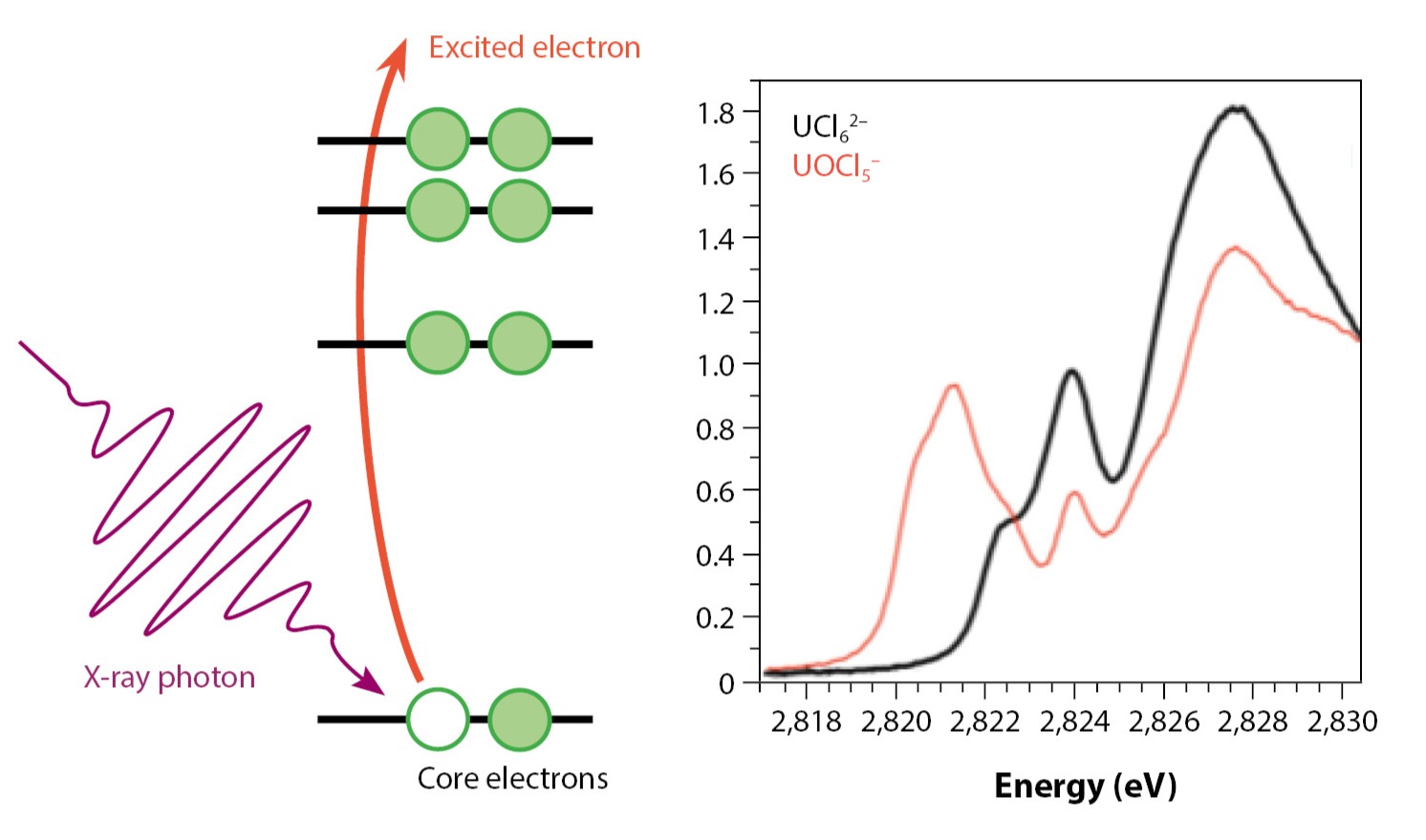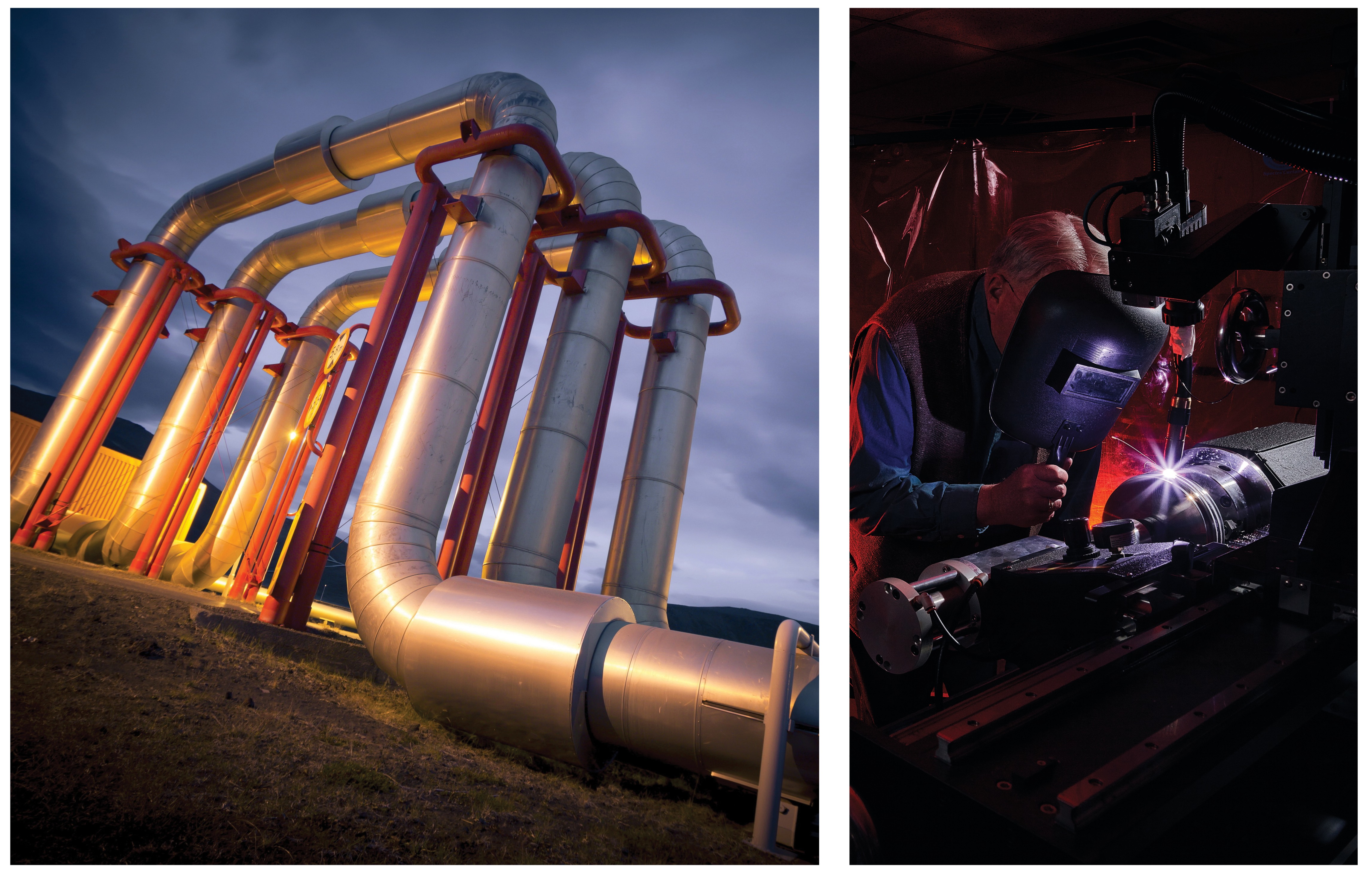SMARTS at LANSCE
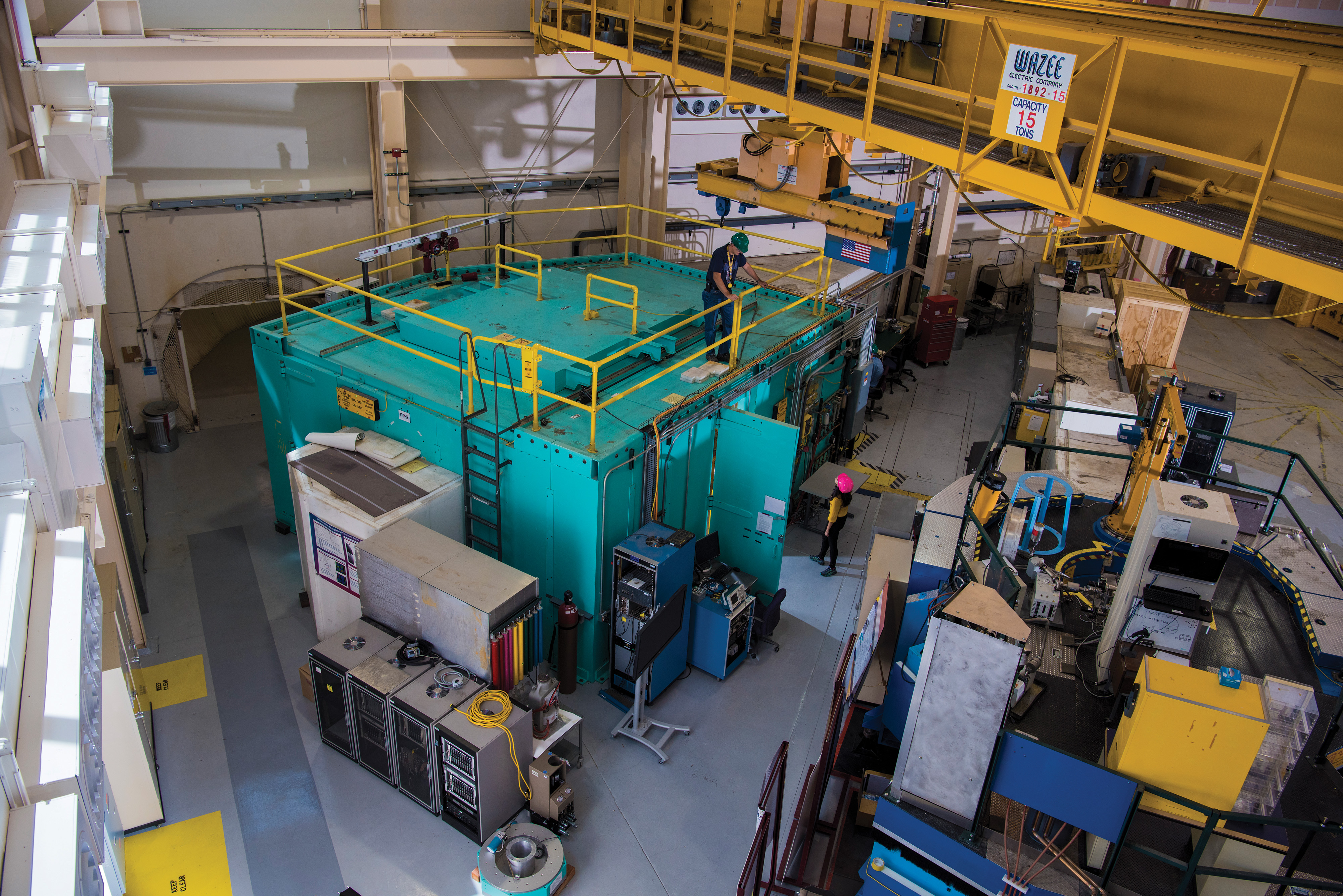
The Spectrometer for Materials Research at Temperature and Stress (SMARTS) is a neutron diffractometer optimized for the study of engineering materials. It is one of several instruments available at the Lujan Center, which has the capacity for 16 beamlines (not all being used concurrently) and is one of five user facilities supported by the Los Alamos Neutron Science Center (LANSCE) accelerator. SMARTS is a specialized instrument that allows the measurement of deformation under stress and extreme temperature, and the measurement of spatially-resolved strain fields.
The instrument is particularly useful for making measurements under conditions similar to the processing or operating conditions for the material. This is relevant for determining stress in fabricated components, in situ loading in new materials, and for process monitoring, and has been used to solve problems ranging from certifying fuel plates for nuclear reactors and identifying failure mechanisms in turbine blades to predicting the lifetime of bridges. SMARTS was originally built (in 2001) to work with a wide range of materials, measuring from 1 mm3 to 1 m3 and weighing up to 1,500 kg, under extreme loads (250 kN) and temperatures (1,500 °C). It can also handle radioactive materials and classified experiments.
Bjørn Clausen, the scientist in charge of SMARTS operations, says that the instrument was the first time-of-flight neutron diffractometer built specifically for engineering-relevant measurements. “Before this,” he explains, “these measurements were performed using converted general-purpose diffractometers, which had significant space constraints that limited the sample size and use of ancillary equipment such as load frames.” He adds that, “We have had a large friction stir welder in SMARTS—two meters on the side, if not more, weighing nearly one ton. That could not happen in the older instruments. This enabled measurements of internal stress and microstructure variations in the stirring tool, and as a function of distance away from the tool.” Several similar instruments have been built since, leveraging the success and design of SMARTS, including EnginX at the ISIS Neutron and Muon Source (in the UK), VULCAN at the Spallation Neutron Source at Oak Ridge National Laboratory, and Takumi at JPARC (Japan Proton Accelerator Research Complex). Clausen says, “I wouldn’t directly call them copycats, as there are improvements and optimizations for each of them.”
Acknowledgments
The editor (OTS) would like to thank Sam Burleigh, Bjørn Clausen, Michael Mocko, and Jim Cruz for their assistance in writing this article.


